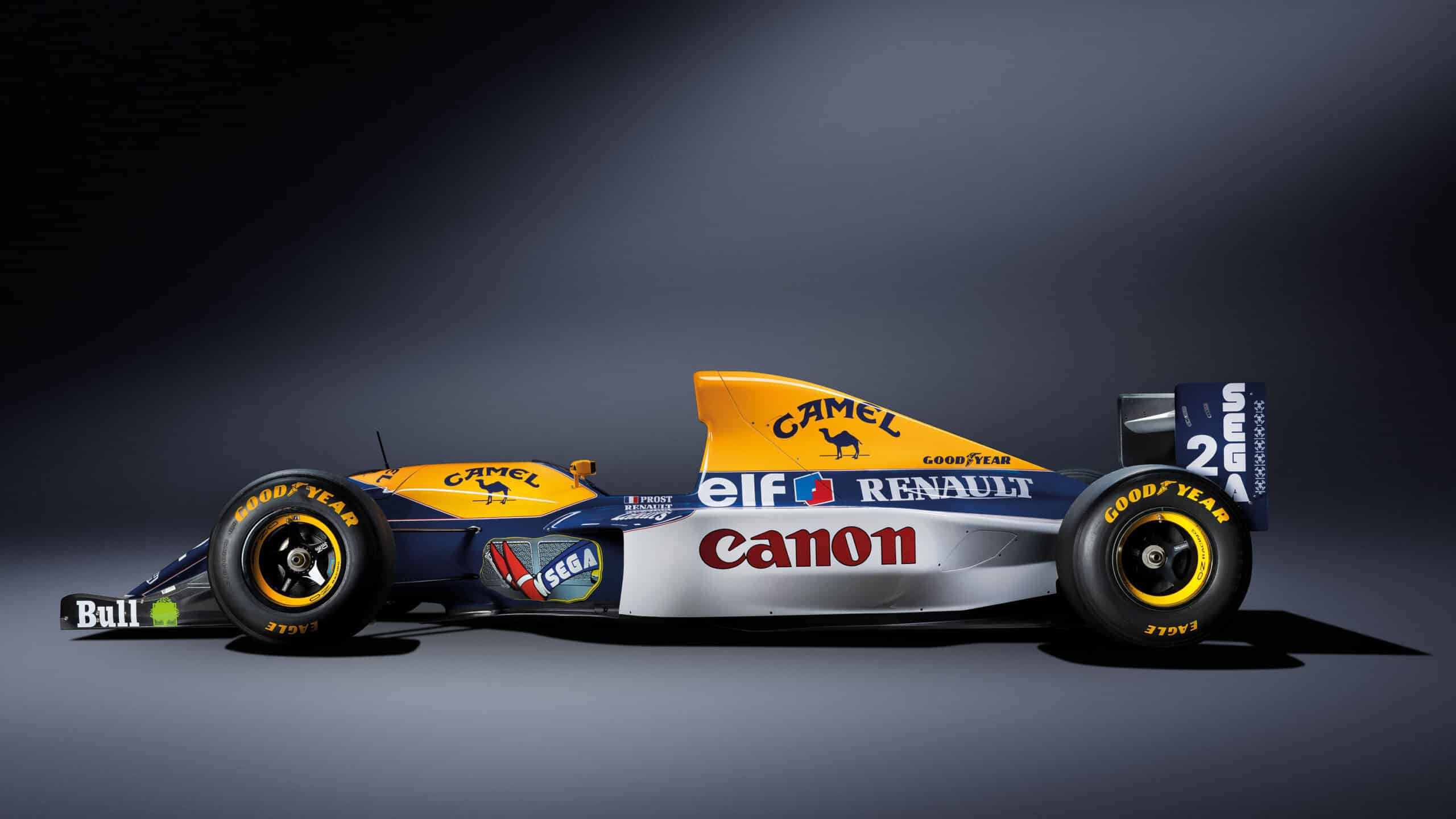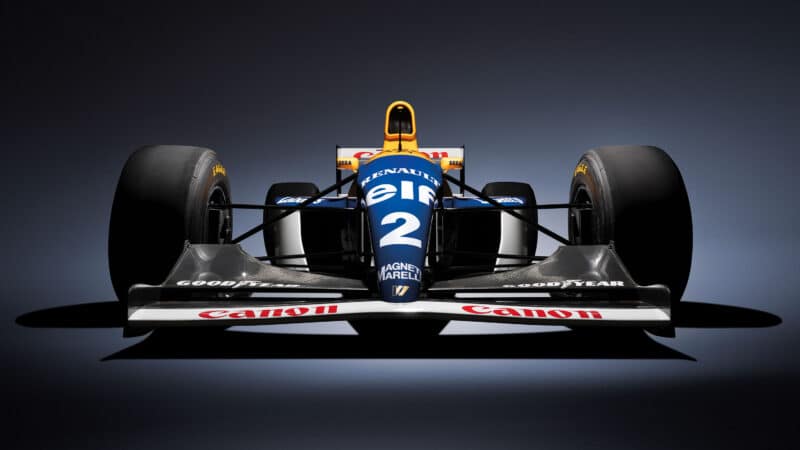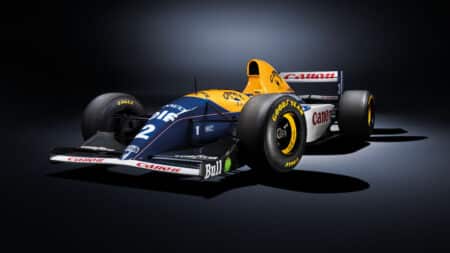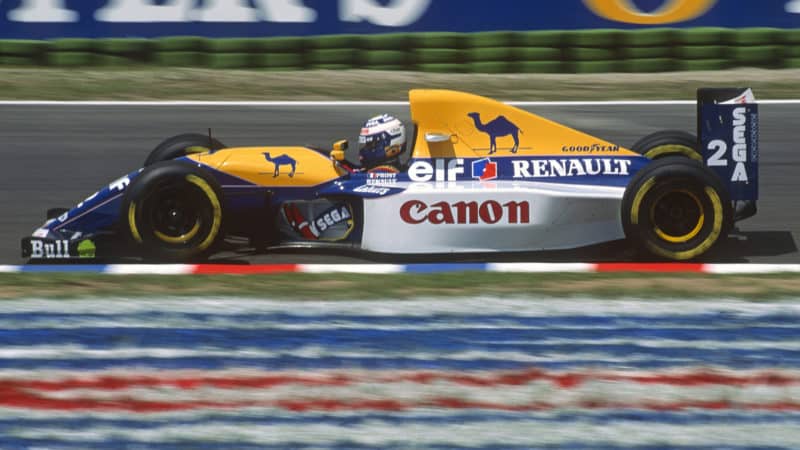In the November 2023 issue of Motor Sport, some of the key players behind the FW15C’s success, including Adrian Newey, Patrick Head and Damon Hill – as well as Coulthard – talk about its development and the incredible speed which led to F1 glory for Alain Prost and the team 30 years ago.
It’s widely accepted that the FW15C – relative to the competition it had in in 1993 – was further ahead of its contemporaries than any other car before or since.
As Newey explains, its predecessor, the FW14B which took Nigel Mansell to his F1 title in ’92, was a marriage of technical convenience. The FW15C was the ultimate realisation of Williams’ design vision.
The “14B was an existing car that we then put active onto,” he tells Adam Cooper. “And in that there were some compromises on the installation of the suspension. And effectively the aerodynamics didn’t maximise the advantage of the much finer ride height platform window that it offered.
“So the research into 15A [the unraced 1992 car] was really aimed at those two points, properly integrating the hydraulic actuators, etc, into the design of the tub and the gearbox. And then re-optimising the aerodynamics around the smaller ride height window that active offered.”
The team’s technical director, Patrick Head, expands on how it worked.

“The active ride was a sort of responsive system,” he says. “When you hit the brakes, the nose would dip and the back would go up. Then the system would say, ‘I don’t really want this,’ and would correct it.”
What this did, along with other technical advantages such as power steering and ABS, was bring new performance possibilities for the driver who, according to Head, “could just hit the brake pedal as hard as he liked without worrying.”



